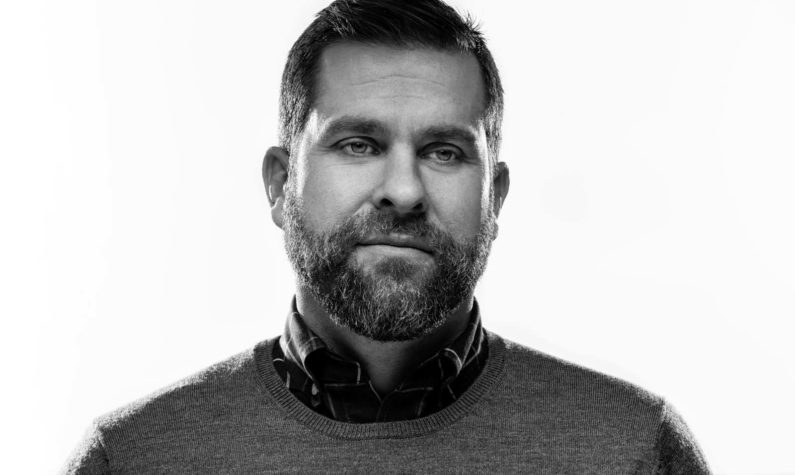Force and Magnitude
Caleb Johnson on what drives his design
Now, many years after taking my first design courses, I realize that my favorite pieces of architecture are not at all machines for living. To narrowly define the forces that influence a building’s design is like writing a scientific paper on poetry—it’s missing the point.”
MH+D asks Johnson to tell us more.
Q. Can you discuss your design process?
A. When I started in my design career, I remember trying to catalog all the different elements that influenced my designs in very organized and rigid ways. This was part of my training—a training that was heavily influenced by early-twentieth-century modernism building as “a machine to live in” and by my personality, which tends towards “let’s simplify, define, and then fit the whole problem and solution into a box.” But, now I have come to visualize the different influences that create a piece of architecture as vectors, remembering my physics professor drawing arrows on a board. I was recently talking with a friend about this, and she reminded me that vectors, by definition, have force and magnitude. That seems like a very apt analogy as I try to get all of these influences aligned and going in the same direction.
Q. Is there anything about this process that has changed recently?
A. Relying more on experience and intuition these days than in years past, I understand that a site, its users, and its designers are the three major categories of influence that a well-designed building will draw from. Each of these has a direction and magnitude that has to be felt and discovered. When designing for a new site, a dramatic view will easily speak to everyone involved and reveal its influence; however, not all sites have such an easy-to-read and forceful vector. At times, I’ll walk onto a site or into a renovation project and will be truly baffled; this becomes a special moment as I get curious, start to pay more attention, ask a lot of questions of the site, myself, and whoever is with me, and start to go into a bit of a creative zone.
Q. Can you take us through how you “read” a site and settle on a design concept?
A. As I ask a client and a site to speak to me and I listen to my own thoughts on the design problem, most of the time, I will find that all of these vectors are not pointing in the same direction. There is natural conflict between them, and in this friction lies my work. This is where the talent and experience that I get paid for comes in; I look for common threads, I look past the superficial, I look for the undercurrents that are true for all people on all sites, I nail down what we can be sure about and then ask for the time and money to explore what is not yet known. Now that I’m talking about this process of design, I am nervous that it sounds like I am trying to make it sound mysterious. Fifteen years ago, I would have said, “No, it’s not that big of a deal, anyone can learn to do this, it’s just practice and some form of analytic formula.” I used to say that about my drawing skills as well. I am getting past that now and just beginning to understand that, like all forms of creativity, while the sources may not be mysterious, it does come from something farther back in the brain: a feeling, an intuition, and the ability to trust these influences and translate them into buildings.
Q. Can you discuss how you convey these vectors to clients, apart from renderings and sketches?
A. For most architects, including myself, translating all of these influences into buildings is far more comfortable than talking about it, but talking and drawing become the tools of persuasion to test our ideas in built form. If we as architects don’t master these forms of communication, the money needed to test ideas in built form won’t come. So in order to succeed, we must be talented salesman as well. Some architects may look down on this idea, but I see it as an opportunity to refine. It can be easy to convince ourselves of an idea’s merit, but it’s another matter to succeed in getting somebody else to put their hard-earned money down for it. In architecture, I respect the ideas that actually get built.
MH+D is proud to partner with acclaimed architectural photographer Trent Bell on his architecture, design, and photography podcast. To hear Trent Bell’s conversation with Caleb Johnson, please visit trentbell.com/podcast



